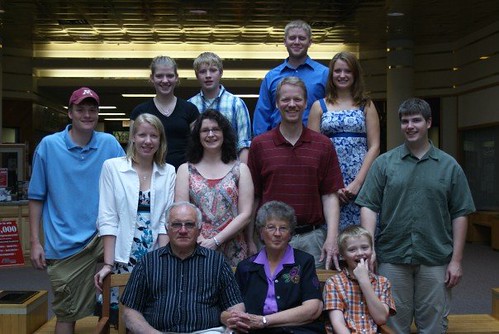
I met Dennis McDonald in Washington, DC a month or so ago. He has written an interesting white paper on the role of social media like Twitter, Facebook, blogs etc. in disaster/crisis communication. Here’s his conclusion:
In this paper I have recommended that social media and social networking should be incorporated into how schools plan for their response to disasters and emergency situations. As the reports I cite here demonstrate, this is part of a much larger and more complex situation. It is also a changing situation given that technologies and usage patterns continue to evolve.
Fundamentally, to me this question is really a no-brainer. Young people use these systems day in and day out. They blog, they use social networks, they constantly are text-messaging, and they know how to exchange information and share files. Such systems are second nature to them.
To fail to take the existence and potential value of such systems into account in planning for what to do in case their lives are threatened would be irresponsible. But we do need more thinking, research, and experimentation before we know what makes the most sense.
Dennis wrote his paper in the educational context, but I think his conclusions are more broadly applicable. His main thought is that in various recent tragedies no one method was sufficient to communicate with affected communities, and you never know which means will be knocked out, so you need multiple systems. Given the fact that these means will in fact be used (see the Virginia Tech and Minneapolis Bridge Collapse examples), these media should be part of your crisis plan, too.
 Technorati: Crisis Communications, Social Media, Facebook, Twitter, blogs, Dennis McDonald, White Paper
Technorati: Crisis Communications, Social Media, Facebook, Twitter, blogs, Dennis McDonald, White Paper


